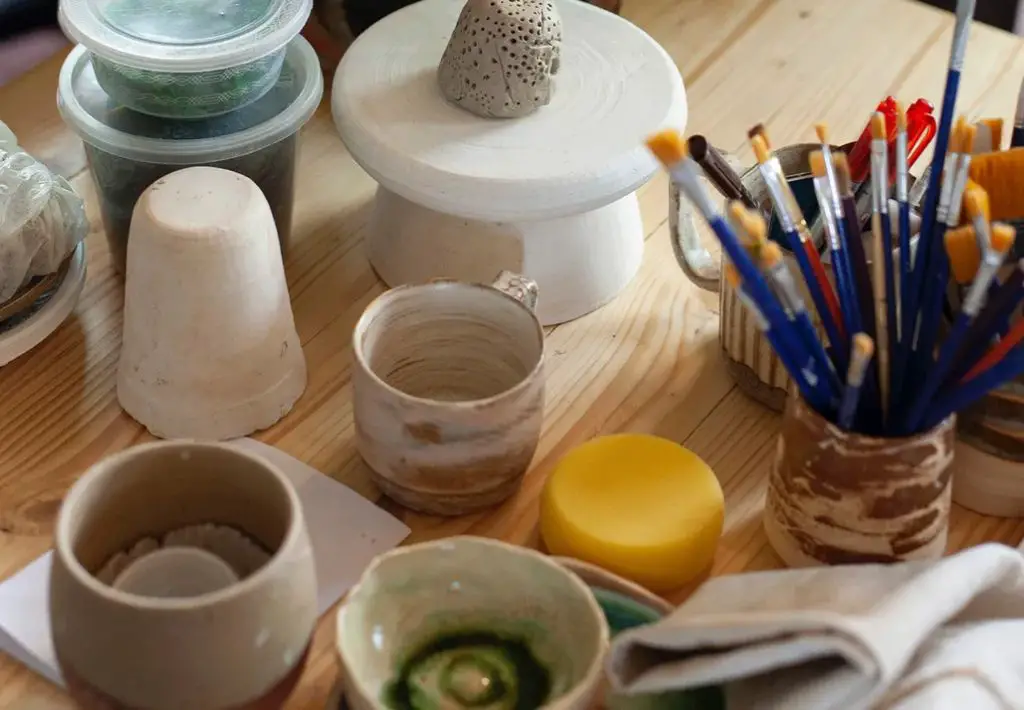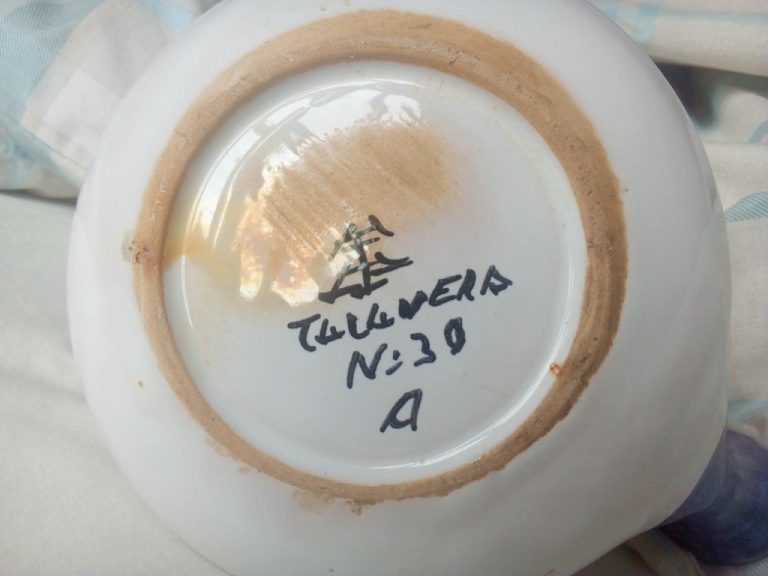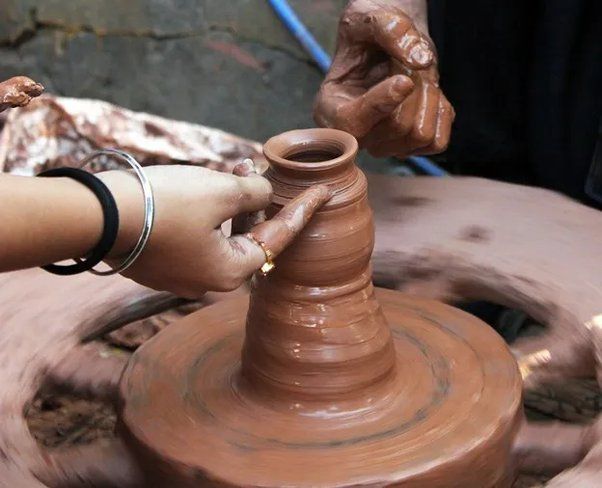How Long Does It Take For Foam Air Dry Clay To Dry?
What is Air Dry Clay?
Air dry clay, as the name suggests, is clay that dries or cures with air. It typically has a spongy, soft, and light composition which makes it easy to model into shapes. The main ingredients in air dry clay are calcium sulfate hemihydrate, clay fillers like kaolin, and cellulose-based binders like methylcellulose (https://2wardspolymerclay.com.au/whats-main-difference-air-dry-clay-and-polymer-clay/).
Air dry clay differs from clays like polymer clay in that it does not require baking or firing to harden and cure. Polymer clays cure through an oven heating process that causes the polymers to cross-link, while air dry clay simply hardens from water evaporation over time. Air dry clay also tends to be lighter, softer, and more porous compared to dense, stiff polymer clays (https://www.thesprucecrafts.com/air-dry-clay-2905844).
While polymer clays are better for detailed sculpting and durability, air dry clays are good for quick crafting and modeling where high strength is not essential. Their air drying quality makes air dry clays very accessible and easy to use.
Drying Time

The amount of time it takes for air dry clay to fully dry depends on several factors. Thinner pieces will dry faster than thicker pieces. Small sculptures or figures generally take 12-24 hours to dry while larger pieces can take 48 hours or longer.
According to Montmarte, air dry clay left to dry at room temperature should be dry to the touch in 1-2 hours. For pieces under 1 inch thick, allow 24 hours of drying time. For pieces over 1 inch thick, allow up to 48 hours or more of drying time.[1]
Susie Benes recommends allowing at least 24-48 hours for air dry clay pieces to dry fully before painting or sealing them. Thinner pieces may only need 12-24 hours. Allow even more time for larger, thicker projects – up to several days or a week. Test dryness by pushing a needle into the thickest part. If it leaves an impression, it needs more time.[2]
There are a few factors that affect drying time:
- Thickness – Thicker pieces take longer to dry
- Air circulation – Moving air speeds up drying
- Humidity – High humidity slows drying
- Temperature – Warmer temperatures speed drying
Dry to the Touch
Air dry clay is considered “dry to the touch” when the surface feels solid and no longer sticky. This means the outermost layer has dried and hardened, but the interior likely still contains moisture.
For small, thin projects made with air dry clay, the drying time to reach dry to the touch is approximately 24 hours. However, drying times vary based on factors like temperature, humidity, clay thickness, and ventilation.
According to Crayola, their air dry clay products take about 24 hours to become dry to the touch when properly stored and dried. https://www.crayola.com/things-to-do/how-to-landing/airdry-clay/
So in summary, air dry clay typically takes around 24 hours to become dry to the touch on the surface, but the interior clay remains moist and requires more time to dry fully.
Dry All the Way Through
For air dry clay to be completely dry and cured throughout, even with thicker pieces, it needs extended time to fully harden. According to Sculpey, air dry clay takes 24-48 hours to dry to the touch, but it can take up to 1-2 weeks for pieces to cure all the way through, depending on their thickness and size [1]. Thicker pieces have more moisture to evaporate from the inside out, so require much longer dry times.
Allowing clay adequate time to fully cure is important before painting or sealing the sculpture. Paint and sealants won’t adhere as effectively if moisture remains inside. Fully dried clay also leads to greater durability. If air dry clay pieces are used before completely cured, they risk breaking or crumbling more easily.
Drying Methods
There are a few different techniques you can use to dry air dry clay more quickly:
Air Drying
Air dry clay will dry naturally at room temperature over 24-48 hours. Leaving it out exposed to the air is the most basic drying method. Thinner sculptures will dry faster than larger, thicker pieces. Air drying takes the longest but results in the least cracking or damage to the clay.1
Using a Fan or Hairdryer
You can speed up the air drying process by placing a fan or hairdryer nearby to blow air over the clay sculpture. Keep it 6-12 inches away and alternate between blowing air and allowing it to rest. The moving air helps evaporate the water in the clay. Be cautious not to hold it too close or keep the air on constantly, as this can cause cracking or bubbling on the surface.2
Heating in an Oven
For faster drying, air dry clay can be placed in an oven at a very low temperature, around 200°F. Monitor it closely and bake for shorter intervals, checking for cracks or bubbles. This dries the clay rapidly by heating it throughout. Care must be taken not to overheat or the clay can become brittle.2
Storing Unfinished Projects
When working on large air dry clay projects that take multiple sessions to complete, you’ll need to store your unfinished work properly between sessions. Here are some tips for keeping your clay workable:
Wrap your project tightly in plastic wrap or seal it in a plastic bag, squeezing out excess air. This prevents the clay from drying out. Store at room temperature away from heat sources like ovens or direct sunlight, which can harden the clay [1].
Spray a fine mist of water on the wrapped clay if it starts to dry and crack. The moisture will help keep it flexible. However, don’t allow condensation to build up inside the plastic wrap as this can make the clay too wet.
Consider storing the unfinished piece in the refrigerator to slow drying, but allow it to return to room temperature before continuing to work to prevent cracking. Don’t freeze clay as this can damage the material.
When ready to work again, knead the clay briefly to restore flexibility before continuing your sculpture or project. Now you know how to store and keep air dry clay workable between sessions for large, multi-day projects.
Working with Dried Clay
Once air dry clay has fully dried and hardened, it can be sanded and smoothed to achieve an even surface. Start with a coarse grit sandpaper like 100-150 grit to remove any major bumps or textures. Then move to a finer 200-400 grit sandpaper to smooth the surface (Maria Louise Design). Sand lightly and avoid pressing too hard, which can create scratches. Wipe away any dust between sanding sessions.
To glue two dried clay pieces together, apply a thin layer of white glue, tacky glue, or polymer glue like Super Glue (Gathering Beauty). Press the pieces firmly together for 30 seconds to 1 minute. Let the glue dry completely before moving or handling the clay. For better adhesion, lightly score or roughen the surfaces before gluing. Gluing dried clay works best for simpler repairs – for more complex assemblies, consider inserting wire, dowels, or armatures while the clay is still soft.
Sealing
Sealing air dry clay serves an important purpose – to protect the clay from damage and make it more durable. Unsealed clay is porous and can absorb moisture, causing the clay to soften, distort, or even fall apart over time. Applying a protective sealant creates a water-resistant barrier that prevents this kind of damage.
The best options for sealing air dry clay are clear acrylic and polyurethane sealers. According to sources, acrylic sealers like Golden GAC 100 and Liquitex Professional Gloss Varnish are safe, non-toxic choices that provide a durable, crystal clear finish. Water-based polyurethane varnishes are also commonly used for sealing as they form a tough, plastic-like coating. Multiple thin coats are recommended to fully seal the clay and achieve an even glossy or matte look.
Painting
Acrylic paint is the best type of paint to use on air dry clay. Acrylics adhere well to the clay surface and dry quickly. Acrylic paints come in a wide variety of colors and can be purchased very affordably (source).
Before painting, it’s important to properly prepare the clay surface. Make sure the clay is fully dry and free of dust. Very lightly sanding the surface with fine grit sandpaper will help the paint adhere better. You can also use a primer or sealer before painting for maximum paint adhesion (source). Apply paint in thin, even coats and allow each coat to fully dry before adding another layer. Use soft bristle brushes made for acrylic paint.
Other Uses
Air dry clay can be used for more than just sculpting and craft projects. Two popular alternative uses are making clay slime or dough and troubleshooting cracking or breakage issues.
To make clay slime or dough, simply mix the air dry clay with water until it reaches the desired slimy or doughy texture. Adding a few drops of glycerin can help keep the slime from drying out too quickly. Air dry clay slimes and doughs provide fun, moldable textures for kids to play with.
If your finished air dry clay projects are prone to cracking or breaking, there are a few troubleshooting tips. Make sure to let pieces dry completely all the way through before handling. Seal pieces with varnish or acrylic paint to help strengthen them. For future projects, add a few drops of glycerin to the clay mix before sculpting to increase flexibility. Store unfinished projects in airtight containers to prevent cracking from moisture changes while drying. With a few adjustments, you can get flawless results from air dry clay.


